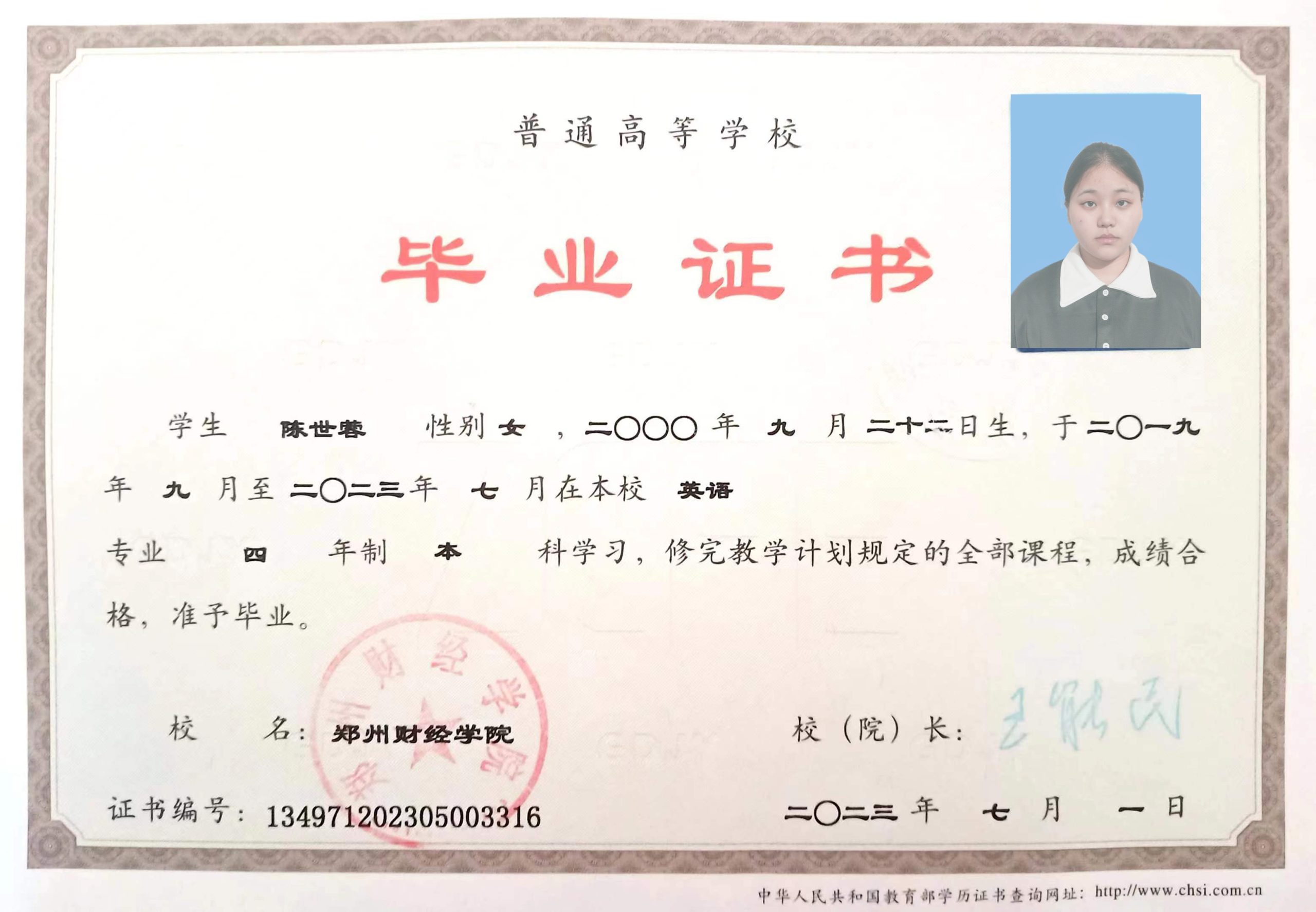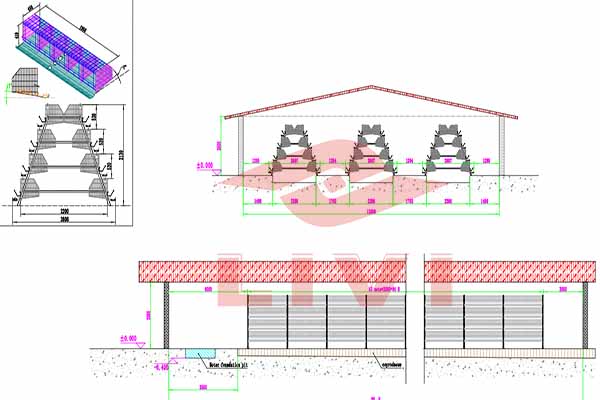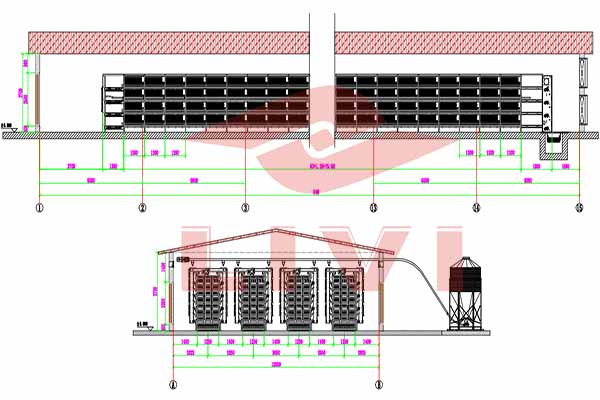Best Biosecurity Measures for a 100,000-Layer Poultry Farm in Tanzania
As the poultry industry in Tanzania continues to grow, ensuring the biosecurity of large-scale operations, such as a 100,000-layer poultry farm, is crucial. Implementing effective biosecurity measures not only protects the flock from diseases but also ensures a sustainable business. Here’s a comprehensive guide to the best biosecurity practices for a 100,000-layer poultry farm in Tanzania.
Introduction to Biosecurity
Biosecurity refers to the practices implemented to reduce the risk of introducing and spreading infectious diseases in poultry flocks. It is a combination of physical, biological, and managerial measures.
1. Physical Barriers
– Poultry Farm Equipment: Invest in high-quality poultry farming equipment designed for biosecurity, such as automated chicken cages with seamless floors to minimize the risk of pathogen transmission.
– Zoning: Create a clear boundary between the farm and other areas to reduce the risk of contact with wildlife or external contaminants.
2. Biosecurity Protocols
– Personal Hygiene: Implement a strict hygiene protocol for all farm personnel, including the use of personal protective equipment (PPE) and regular hand washing.
– Cleaning and Disinfection: Regularly clean and disinfect all areas of the farm, focusing on areas where poultry congregate, such as feed bins and water sources.
3. Health Management
– Vaccination Program: Develop a comprehensive vaccination program to protect against common poultry diseases.
– Disease Monitoring: Regularly monitor the health of the flock to detect any signs of illness early.
4. Management of Waste and Biohazards
– Waste Management: Properly manage all waste, including manure and packaging, to prevent the spread of disease.
– Biohazard Disposal: Ensure all biohazards are disposed of according to local regulations.
5. Regular Audits and Training
– Biosecurity Audits: Conduct regular biosecurity audits to identify any weaknesses in the system.
– Training: Provide ongoing training for all farm staff on biosecurity practices.
Conclusion
Implementing these best biosecurity measures for a 100,000-layer poultry farm in Tanzania is essential for the success and sustainability of your operation. By investing in the right equipment, adhering to strict protocols, and maintaining a healthy flock, you can protect your investment and ensure a profitable future.
Are you looking to improve the biosecurity of your poultry farm in Tanzania? Contact us today for a free poultry farm design and equipment quote. Our team at Livi Mechanical is here to help you create a biosecure environment that maximizes your flock’s health and productivity.





